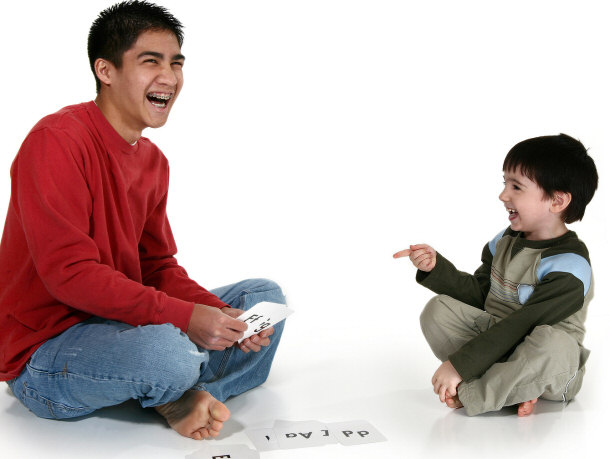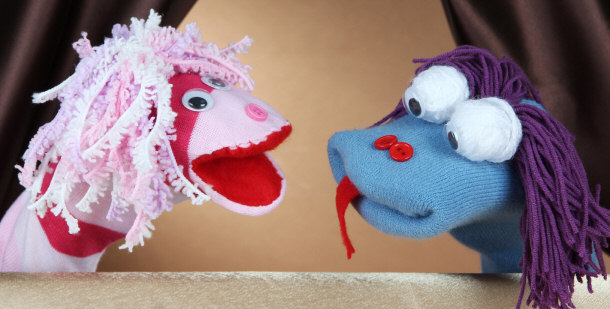
Six hours away from Bacolod City lays a beautiful gem of Negros Occidental. The travel from the city of smiles to Perth Paradise Resort will be lengthy with towns and towns of sugarcane plantations in between. A far-flung town, Sipalay has its own unique beauty to offer. I am not really a beach bum, so for our term break, my friend and I decided to travel for the long weekend and stay at Perth. (There are many other attractions in Sipalay like the sugar beach, the caves, islets but of course, we opted for the mountain resort.)
Coming from Iloilo City, of course, Bacolod City will be our entry point.
HOW TO GET TO PERTH PARADISE RESORT FROM ILOILO CITY
From Iloilo City, head to the Fastcraft terminal at Lapuz, Iloilo City. Here’s what you have to prepare:
- Tricycle/taxi fare + terminal entrance fee (P 12.00)
- Weesam Express fare (roundtrip) P 380.00
When you arrive at Bacolod port, find a jeepney with the route Alijis. There are a couple of jeepneys and tricycles that wait for ferry passengers there, so you do not need to commute again from SM City to the terminal. (Be sure to confirm with the driver). They charge P20.00 per person.Tell the driver to drop you off Ceres South Terminal at Lopez- Jaena Street. It takes about 15 to 20 minutes, but if you are in doubt, ask the locals. In our case, screen shots from google maps had been handy (we thankfully weren’t lost in the city).
Be mindful that there are no direct buses going to Sipalay, so take the one with the route Hinoba-an. The six-hour trip (due to the unlimited stops of the non-aircon bus) will let you see the sugarcane plantations of Bago City, Hinigiran, Binalbagan, Himamaylan, Ilog and Cuayan.
Here’s what you have to prepare:
- Bus fare (aircon) P 238.00 (non-aircon) P 210.00
- food, camera or mp3 player to accompany you during the long ride (or you cansleep – this doesn’t work for me when I am commuting, though).
Along the way.. here are some sights to expect:


And just when you are nearing exhaustion…. tadaaaaaaa! You will be in Sipalay. That doesn’t end there, though.
Get off at the Ceres terminal in Sipalay. There is a tricycle parking area next to the bus stop, so you can ask one of those guys to bring you to Perth. They chargeP100.00 for each passenger, one way. Since Perth is in a secluded area, be sure to get the contact number of the driver so he can pick you up from the resort whenever you are ready to go.
Good news: The drivers do not charge an extra fee for this.
The resort usually contacts the guests so they can arrange for the pick-up by their own tricycle for the same amount. However, you will have to get off before the terminal.
Expect a ride on the 3-kilometer paved and 1-kilometer rough road.
ARRIVING AT THE RESORT
Arriving at Perth Mountain Resort, here is what you can see:
The entrance (reception/ dining area)

Dining area
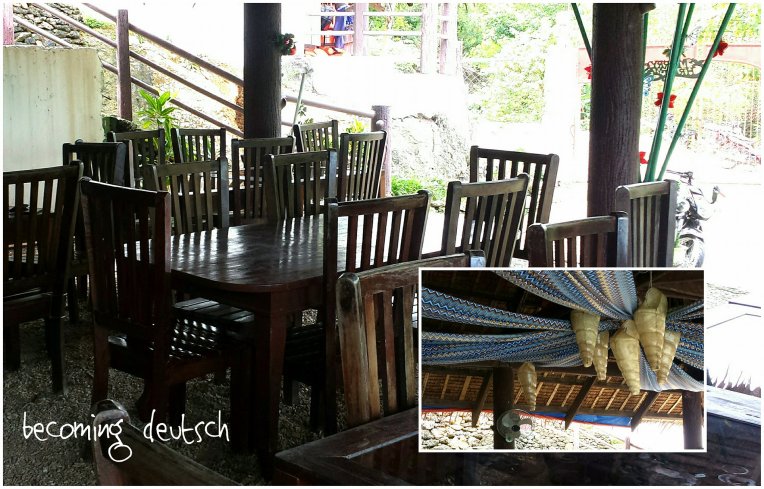
The view from the dining area of Perth Paradise Resort is great. It was raining when we arrived, so this can be more beautiful on a sunny day.

Since we are staying overnight, the resort did not charge us with the entrance and swimming pool fee. But for your reference, here are the rates:

Departing from Bacolod Ceres South Terminal at 10:00 AM, we arrived in Perth Paradise just before 5 PM. It was a rainy day and my friend and I were really hungry. They have their own restaurant that serves delicious meal at such a fair price.
It takes a while for the food to be ready. The servings of the dishes is good for 2 to 3 people, so, it is quite affordable though we would have loved it better if they have the more practical combo meals. We ended up bringing our excess food to our room upstairs..

THE ACCOMMODATION
Cabana Rooms

Located just behind the reception/dining area, the cabana rooms are placed strategically for the guests to have a good view of the lagoon. Designed to fulfill the bahay kubo feel, it is made of nipa and bamboo. It also has a small balcony.

What’s inside…

ROOM INFORMATION:
- 2 single mattress on the floor
- Good for 2 persons (max: 3 persons – 200 for additional person)
- Electric fan
- Common toilet and bathroom
- P1000.00 (off season) or P1200.00 (peak season)
View from the Cabanas



There are three cabanas at Perth Paradise Resort. Perhaps, this is because the land area is small. The other rooms are found up the hill and the only way up and down is the plight of stairs. (My friend and I had a hard time going up to our room after dinner.)
These stairs lead you to the infinity pool with Perth Paradise Resort’s trademark view. It is in the same area where the bar and the standard rooms are located.
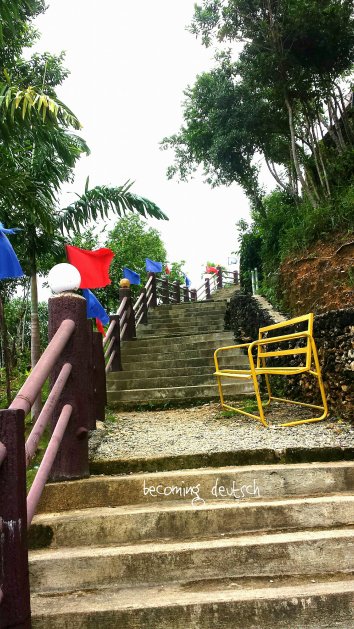

These day huts by the stairs can be rented at P500.00
Standard Rooms

Located right in front of the infinity pool, staying here offers the unobstructed view of the islets.
A peak inside the room (sorry for bags, we were really tired but excited)

ROOM INFORMATION:
- 2 Single beds / matrimonial bed and a single bed
- Good for 2, but can accommodate up to 4 persons (they charge additional P200 for extra guest and P200 for the mattress)
- With TV and air-conditioner
- Free breakfast for 2 persons
- P2,000.00 (low season) or P 2, 500.00 (peak season)
View from the Standard Rooms
Early the next day, we opened our window and saw this…


Perth Paradise Resort also has a family room (check with the resort for the specific rate)
INFORMATION:
- 2 matrimonial beds+ 2 extra beds
- Can accommodate up to 6 persons
- With TV, air conditioner, and kitchen
- Free breakfast for 2 persons
- P 4,500.00 (peak season) or P 4,000.00 (low season)
Magnificent View of the Islets from Perth Paradise Resort
There is also a bar at the resort (by the poolside) managed by a nice and hospitable couple.
We wanted to go boating and island hopping but the weather was not so pleasant. The water wasn’t as nice, too. So, we opted to swim and get soaked in the pool the whole morning.
On our way back to Bacolod City, we opted for the air-conditioned bus and was back in the city after about 5 hours (shorter than the way to Sipalay).
Perth Paradise Resort rates indicated here aren’t official. They are subject to change and for a more enjoyable trip, you are advised to call the resort for information. Call or text 09460590076.







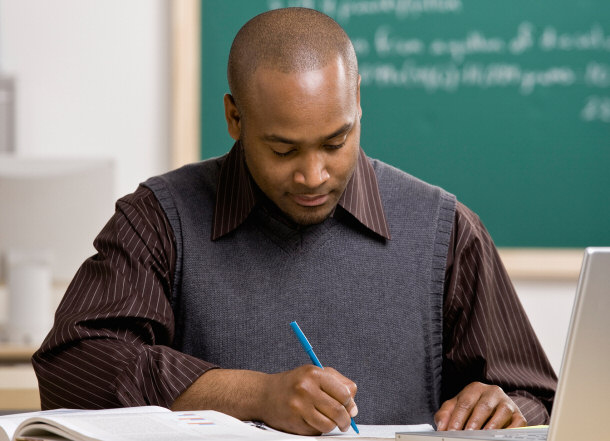

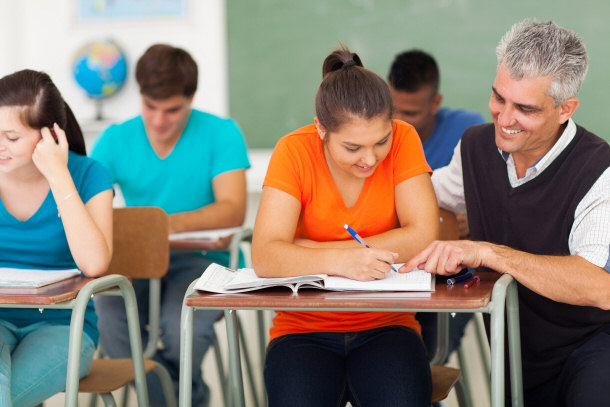
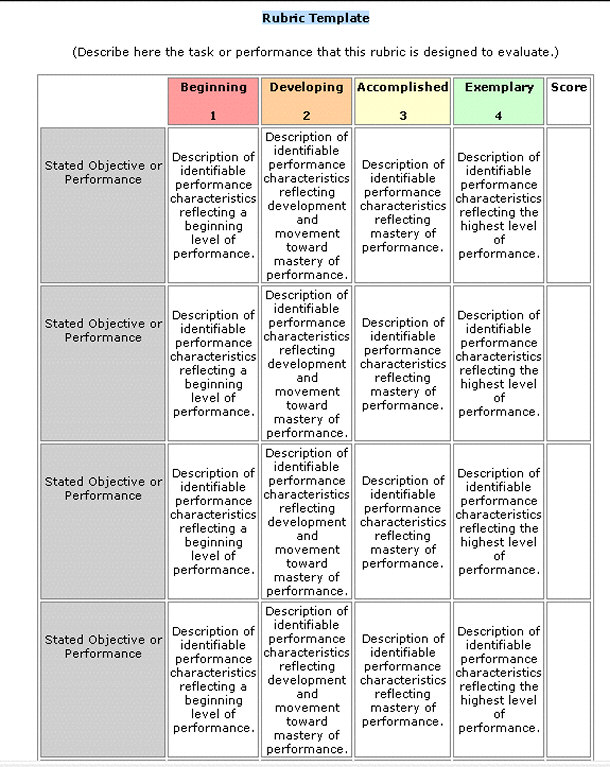




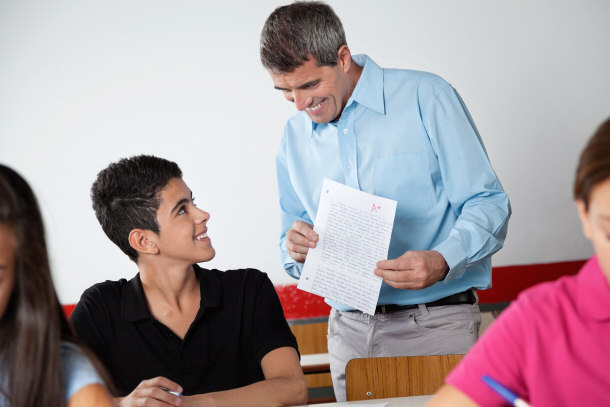

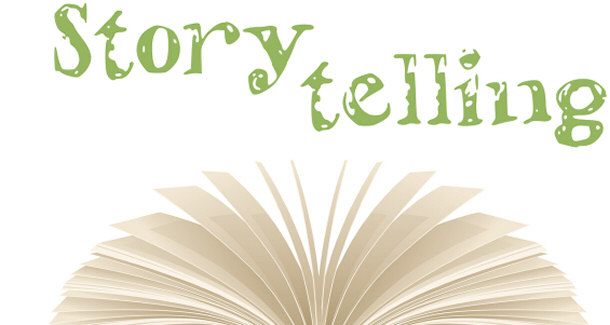
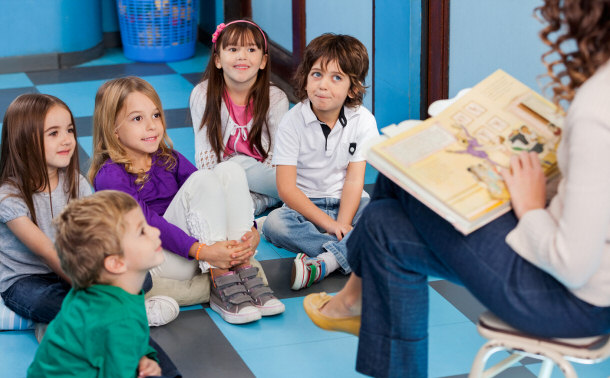





 It can never be denied that despite being in a language classroom, some students, especially younger ones, lack motivation to learn. Most find no meaning in acquiring a new language and eventually become non-achieving. The teacher then is tasked to critically choose stories that will not only encourage listening but language learning. When interest in a topic is aroused, attitudes towards learning the language are changed, making it enjoyable, meaningful and comprehensible to students.
It can never be denied that despite being in a language classroom, some students, especially younger ones, lack motivation to learn. Most find no meaning in acquiring a new language and eventually become non-achieving. The teacher then is tasked to critically choose stories that will not only encourage listening but language learning. When interest in a topic is aroused, attitudes towards learning the language are changed, making it enjoyable, meaningful and comprehensible to students.

